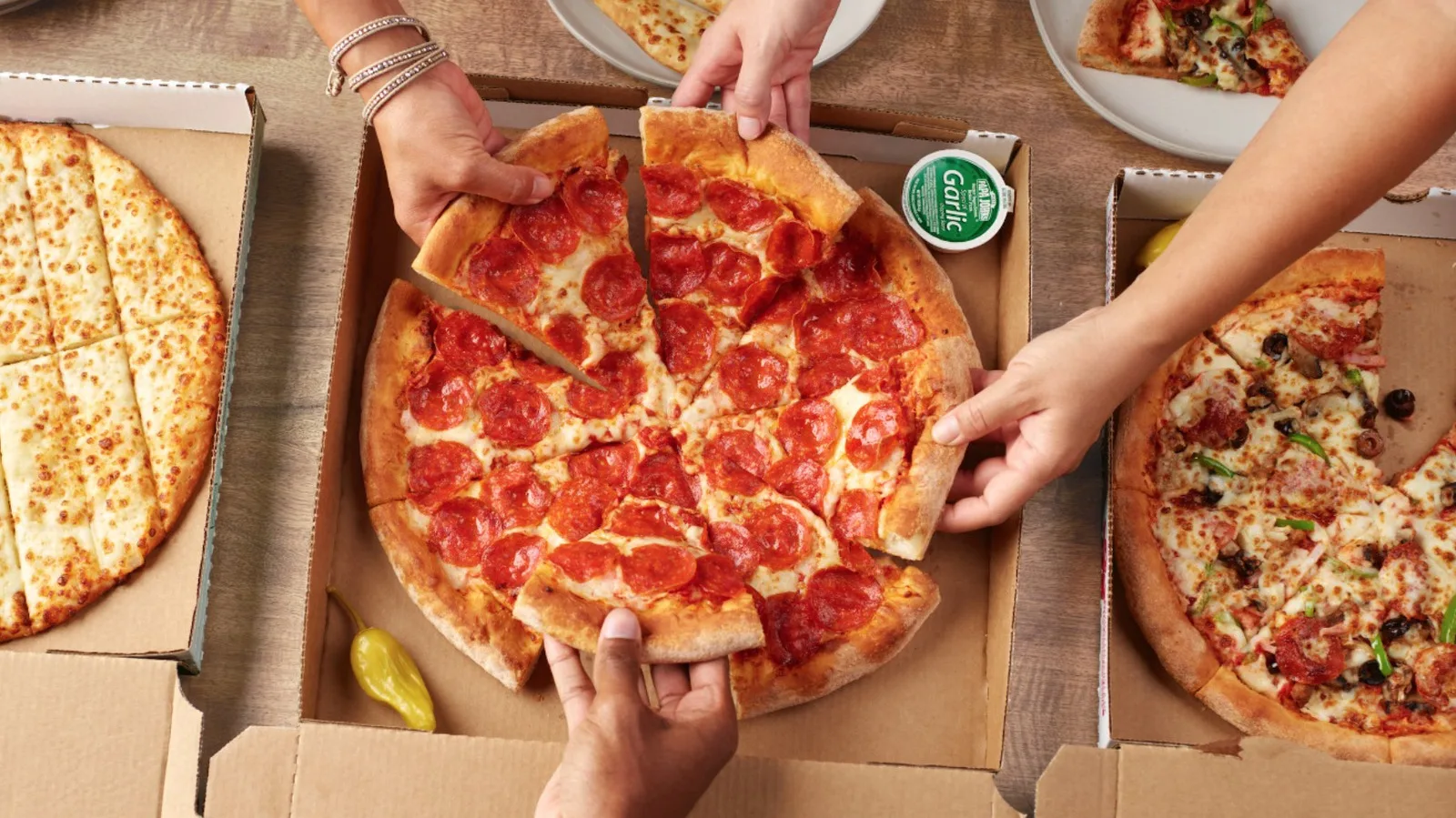After eight years away from Indian shores, Papa John‘s is making a spectacular comeback with ambitious plans that could reshape the country’s pizza landscape. The world’s third-largest pizza delivery company plans to open 650 stores over the next decade, starting with its first outlet in Bengaluru this October.
This isn’t just another fast-food entry—it’s a calculated second chance at capturing India’s massive appetite for international cuisine.
Table of Contents
Papa John’s India Comeback: Key Details
| Aspect | Details |
|---|---|
| First Store | Bengaluru, October 2025 |
| Target Stores | 650 outlets by 2035 |
| Master Franchisee | Pulsar Capital & PJP Investments Group |
| Previous Exit | 2017 (underperformance) |
| Global Ranking | World’s 3rd largest pizza delivery chain |
Learning from Past Mistakes
Papa John’s had exited India in 2017 due to underperformance, but this time, they’re approaching the market with hard-earned wisdom. Vish Narain, managing partner at Pulsar Capital, confirmed the strategic partnership with UAE’s PJP Investments Group as joint master franchisees.

The brand has spent considerable time studying what went wrong and what competitors have done right. “India is a complex market with unique consumer preferences,” a Papa Johns spokesperson stated, emphasizing their commitment to meticulous adaptation.
Market Dynamics: David vs. Goliaths
Papa John’s faces formidable competition in India’s pizza battlefield:
Market Leaders: Domino’s Pizza operates over 2,200 outlets, while Pizza Hut runs around 950 stores
Premium Players: Smaller chains like Pizza Bakery and PizzaExpress have carved out their niches
New Entrants: U.S. rival Little Caesars entered India earlier this year with plans for 100 stores by decade’s end
The Secret Weapon: Localization Strategy
Papa John’s plans to adapt its menu by introducing pizzas tailored to local tastes while retaining signature offerings. This mirrors successful strategies by established competitors: KFC’s paneer zinger burger, Domino’s chicken tikka pizza, and Subway’s potato-patty sandwich.
The brand understands that winning Indian hearts requires more than just importing American favorites—it demands creating fusion experiences that speak to local palates.
Why Now? The Strategic Timing
Despite fast-food chains struggling with sales growth in India, Papa John’s timing might be perfect. “The fast-food category in India remains under-penetrated, so we are many years away from saturation,” Narain explained.
Population Advantage: India’s 1.4 billion-strong population continues to attract global consumer giants like Hindustan Unilever and Heineken
Long-term Vision: While competitors focus on immediate returns, Papa John’s is playing the long game with decade-spanning expansion plans
Market Maturity: The Indian palate for international cuisine has evolved significantly since 2017.

Financial Projections and Growth Strategy
For 2025, Papa John’s projects system-wide sales growth of 2%-5% and plans 180-200 international restaurant openings globally, with adjusted EBITDA forecast at $200-220 million.
The India expansion represents a significant portion of this international strategy, indicating corporate confidence in the market’s potential despite previous setbacks.
Technology and Innovation Focus
Papa John’s comeback isn’t just about more stores—it’s about smarter operations. The company aims to meticulously adapt its products, menu, and technological setup to ensure success this time around.
This tech-forward approach includes:
- Advanced delivery systems
- Mobile-first ordering platforms
- Data-driven menu optimization
- Supply chain innovations
Challenges and Opportunities Ahead
The Challenge: Competing against established players with extensive delivery networks and local brand recognition
The Opportunity: Bringing fresh perspectives and proven global systems to an under-served market
The Reality: Success will depend on execution, not just ambition
For more insights on international business expansions, visit our Business section.
What This Means for Indian Consumers
Papa John’s return signals increased competition, which typically means:
- Better pricing strategies across all pizza chains
- More diverse menu options
- Improved service standards
- Enhanced delivery experiences
The brand’s emphasis on quality ingredients and “Better Ingredients, Better Pizza” philosophy could push the entire industry toward higher standards.
Industry Impact and Future Outlook
Papa John’s aggressive expansion plan could trigger a new wave of international fast-food entries into India. The success or failure of this comeback will be closely watched by other global brands considering India market entry.
The timing coincides with India’s growing middle class and increasing acceptance of international cuisines, particularly in metro cities where Papa John’s plans to establish its initial footprint.
Conclusion
Papa John’s return to India represents more than a business comeback—it’s a testament to India’s irresistible market potential. With 650 stores planned over the next decade, the brand is betting big on India’s growing appetite for international cuisine.
Whether this second innings succeeds depends on their ability to balance global standards with local preferences. But one thing is certain: the Indian pizza market just got a lot more interesting.
Stay updated with more retail and franchise news as we track Papa John’s India journey.
Stay connected with the latest business and retail updates at TechnoSports
Sources: Reuters | AFAQS | Business Standard
Frequently Asked Questions
Q: Why did Papa John’s leave India in 2017, and what’s different this time?
A: Papa John’s exited India in 2017 due to underperformance and inability to meet brand expectations. This time, they’re taking a more localized approach with adapted menus for Indian tastes, stronger local partnerships through Pulsar Capital and PJP Investments Group, and a long-term commitment of 650 stores over a decade.
Q: How will Papa John’s compete with Domino’s Pizza and Pizza Hut in India?
A: Papa John’s plans to differentiate through their “Better Ingredients, Better Pizza” philosophy while adapting their menu to local preferences. With Domino’s having 2,200+ outlets and Pizza Hut 950+, Papa John’s is betting on quality over quantity initially, starting with Bengaluru and gradually expanding based on proven local demand.








